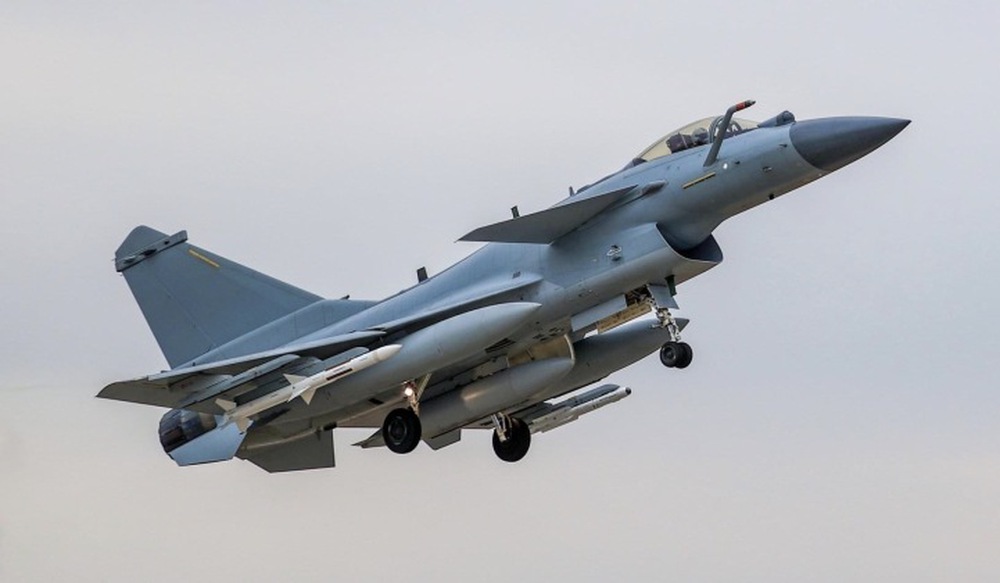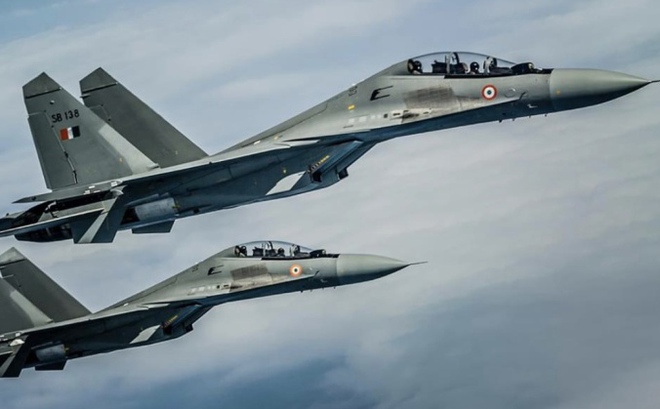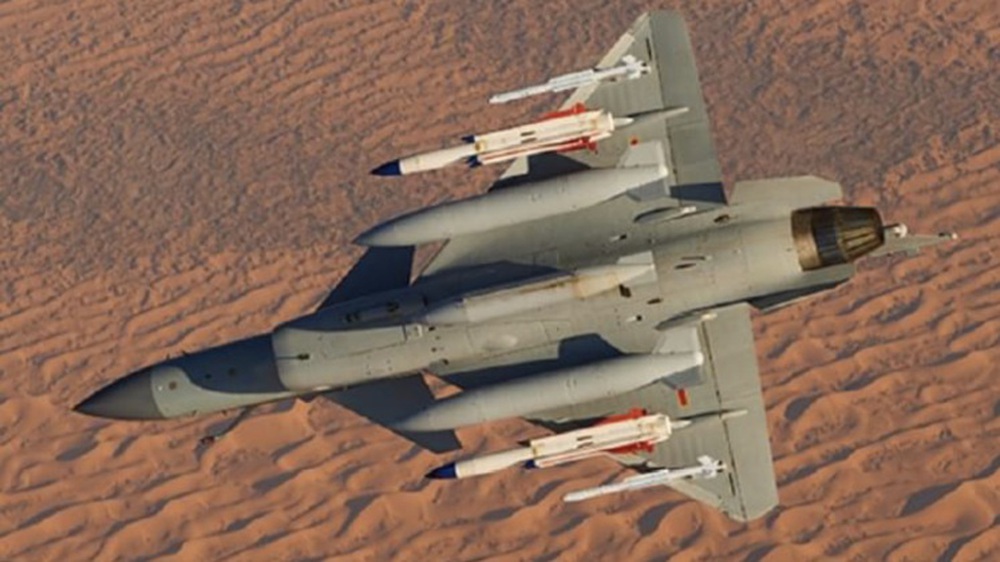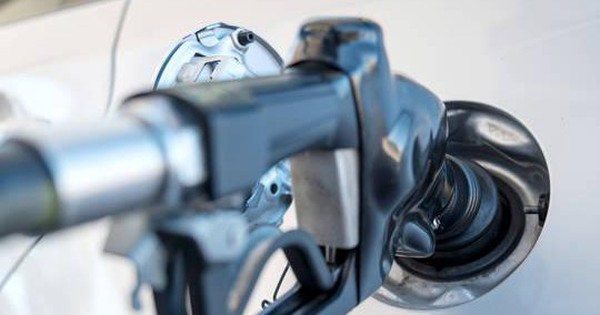The prospect of J-10C not fighting with Su-30MKI
News of Pakistan becoming the first customer of China’s J-10C 4++ generation single-engine fighter has raised many questions about the future of the Pakistani Air Force and how it affects the balance. power in South Asia.
In January this year, MW magazine reported that Pakistan’s Interior Minister Sheikh Rasheed confirmed Pakistan’s purchase of J-10 fighter jets. This would be the perfect complement to the lighter and cheaper JF-17 Block III model. The JF-17 first flew in 2019, has advanced avionics and weapons systems but is less efficient than the J-10C.

However, it is still unclear how much of a challenge the J-10C can pose to the most powerful fighters in South Asia, such as the 4+ Su-generation heavy fighter. 30MKI of India.
The Indian Air Force has equipped the Su-30 since the late 1990s and started deploying the advanced MKI variant in 2002. The Su-30MKI is currently the “backbone” of India’s fighter aircraft force, with About 270 are being deployed by New Delhi. This number is expected to continue to grow this year.
According to MW magazine, if the Indian Air Force has to confront the J-10C in air combat, then the Su-30MKI will probably be the aircraft model of choice for New Delhi, due to its popularity and elite combat capabilities. it.
Which cat do you mite?
As a heavy fighter, the Su-30MKI has a number of significant advantages over the J-10C, such as carrying more weapons and a longer range. These are two very valuable elements in long-range patrol or attack operations.
In addition, the Su-30MKI has a two-seat design, including a position of the officer in charge of weapons systems. This is especially advantageous when the aircraft has to attack both ground and air targets simultaneously. The two-seat design is also a feature that China claims has given its J-16 heavy fighter a great advantage over the J-10C in simulated skirmishes.
In addition, compared to rival fighters, the Su-30’s high speed and altitude give it an advantage when deploying missiles.

However, it should also be admitted that, despite being a lighter design, the J-10 has some significant advantages. Entering service in 2018 (16 years after the Su-30MKI), this aircraft model benefits from China’s higher technology base, research and development scale. It also has advantages in avionics, such as sensors and electronics.
The J-10C uses an active electronically scanned array (AESA) radar, which is smaller than the passive electronically scanned array (PESA) radar on the Su-30MKI, but it is relatively difficult to jam.
This aircraft model is equipped with PL-15 long-range air-to-air missile, which is superior to the R-77 (Russia) and MICA (France) models on the Su-30MKI, not only in the range. [250-300km, so với 100km (R-77) và 80km (MICA)]but also in sensors because it is the only operational air-to-air missile outside of Japan that uses AESA radar for guidance.
This not only makes the PL-15 less susceptible to jamming, but also more reliable and better able to “lock on” the target against stealthy vehicles.
For air-to-ground and anti-ship warfare missions, both the J-10C and the Su-30MKI are capable of deploying Mach 3 missiles. The YJ-91 missile for the J-10C is based on the design of the J-10C. on the Kh-31 and BrahMos models for the Su-30MKI.

J-10C fighter with YJ-91 and PL-10 missiles.
BrahMos is a heavier missile but has more combat capabilities. However, while the J-10C can be refitted with YJ-91 missiles right away, the Su-30MKI needs to make some adjustments to be able to deploy BrahMos missiles, which limits its versatility. Su-30MKI units.
For shorter-range air-to-air combat missions, the J-10C’s PL-10 missile is expected to provide an advantage, albeit less overwhelming, than the fighter-bomber of the J-10C. India.
According to MW, the J-10C is probably the only fighter in the world (outside of Russia) that can match the Su-30MKI in terms of maneuverability, as both use thrust vectoring engines.
In addition, the ceiling of the J-10 is among the highest in the world in a single-engine fighter, although it is still slightly lower than that of the Su-30MKI.
The main advantage of the J-10C over the Su-30MKI, in addition to lower operating costs and maintenance needs, also lies in the use of superior electronics and data links, allowing the aircraft to better and more reliable connectivity with other vehicles such as drones and air defense systems.
This is also said to be the main factor helping the J-10C to surpass Russian-made Su-35 heavy fighters in simulated air battles in 2020.
According to MW, the J-10C fighters in the hands of Pakistan will pose a challenge to the Indian Air Force in a way not seen since the Cold War.
Although the Su-30MKI was an advanced fighter at the time and was considered the world’s most powerful fighter in 2002, 20 years later, much of the technology on board has changed. becoming obsolete, allowing lighter yet more sophisticated fighters like the J-10C to pose challenges for regional dominance.
However, experts predict that in the near future, Pakistan will not be able to equip the number of J-10Cs with the same size as India’s Su-30MKI squadron. In the short term, New Delhi retains overwhelming numerical superiority, although its flagship fighters are heavier and more expensive.
In addition, although the Su-30MKI has become relatively old compared to modern Russian fighter designs, it is still possible to close the performance gap if it is upgraded with world-class technologies. new systems, such as the 400km range R-37M missile, the PESA Iribis-E radar or versions of the AESA N036 radar, the AL-41 engine, as well as avionics and electronic warfare systems.
at Blogtuan.info – Source: Soha.vn – Read the original article here



